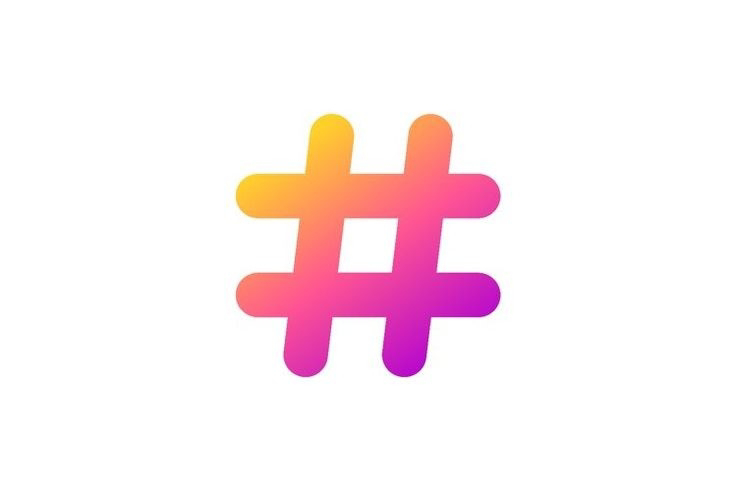Difference between high frequency and low frequency hashtags on social media
Difference between high frequency and
low frequency hashtags on social media
High frequency and low frequency
hashtags on social media refer to the popularity and usage of specific
hashtags. Understanding the differences between these two types of hashtags is
crucial for social media marketing and engagement strategies.
High Frequency Hashtags:
Ø Popularity:
High-frequency hashtags are commonly used and are often associated with popular
trends, events, or generic topics. These hashtags have a large volume of posts
associated with them.
Ø Visibility:
Due to their popularity, posts with high-frequency hashtags are likely to
receive more visibility and reach a larger audience. However, the competition
is also higher, making it challenging for individual posts to stand out.
Ø Trendy
and General: High-frequency hashtags are often related to current trends,
popular events, or general topics of interest. They may change frequently as
new trends emerge.
Low Frequency Hashtags:
Ø Specificity:
Low-frequency hashtags are less commonly used and are more niche or specific.
They may be related to a particular industry, community, or unique interest.
These hashtags have a lower volume of associated posts.
Ø Targeted
Audience: While the reach of posts using low-frequency hashtags may be
smaller, they are more likely to attract a targeted and engaged audience
interested in a specific niche or topic.
Ø Longevity:
Unlike high-frequency hashtags that may change rapidly, low-frequency hashtags
may remain relevant for a more extended period, providing a more stable and
consistent source of engagement.
Choosing between
high and low-frequency hashtags depends on your social media goals and target
audience. Here are some considerations:
Ø Brand
Visibility vs. Niche Targeting: If you want to increase brand visibility
and reach a broad audience, high-frequency hashtags may be more suitable. For
niche targeting and engaging a specific community, low-frequency hashtags can
be effective.
Ø Competition:
High-frequency hashtags come with high competition, making it challenging to
stand out. If your content is unique or specialized, low-frequency hashtags
might provide better visibility with less competition.
Ø Content
Relevance: Consider the relevance of the hashtag to your content. If your
content aligns well with a trending topic, high-frequency hashtags can amplify
your reach. For more specialized content, low-frequency hashtags may be more
appropriate.
Ultimately, a balanced approach,
incorporating both high and low-frequency hashtags, can be effective.
Experimenting with different hashtag strategies and monitoring their impact on
engagement can help refine your social media strategy over time.



Comments
Post a Comment